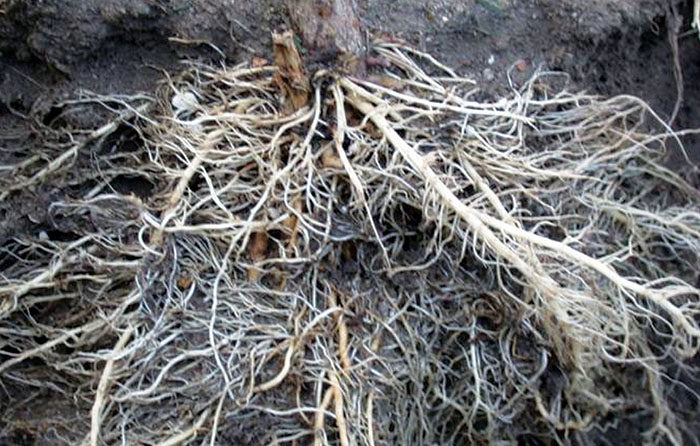No-Till Farmer
Get full access NOW to the most comprehensive, powerful and easy-to-use online resource for no-tillage practices. Just one good idea will pay for your subscription hundreds of times over.

No-tillers may keep an eye on what’s going on aboveground throughout the growing season, but what’s taking place belowground can also have a big impact on crop health and yield.
Aside from the physical support and uptake of water and nutrients, roots are responsible for a number of critical processes, including storing nutrients and energy, changing soil pH, filtering out toxins and poisoning competitors. Most of the hormones that function aboveground are produced in the root system, and more than 75% of soil organic matter comes from roots, Joel Gruver says.
At the 2014 National No-Tillage Conference, the Western Illinois University soils specialist shared the critical role roots play in crop production and some of the keys to optimizing their performance.
While agriculture has done a good job of managing acute root diseases, the same can’t be said for what Gruver calls chronic root malfunction.
“That’s where the root system is underperforming and when we see the symptoms aboveground, we say we need more nutrients or more irrigation,” he says. “We forget about the fact that we have the capacity in most situations to have better utilization of soil resources, if we could grow a bigger and healthier root system.”
Gruver explains that today’s “silver-bullet” technologies, such as seed treatments, rootworm-resistant genetics and tiling, can partially compensate for a poor foundation, but growers should also focus on enhancing soil and root health, so that full crop performance is possible. The key, he says, is to have optimal soil…